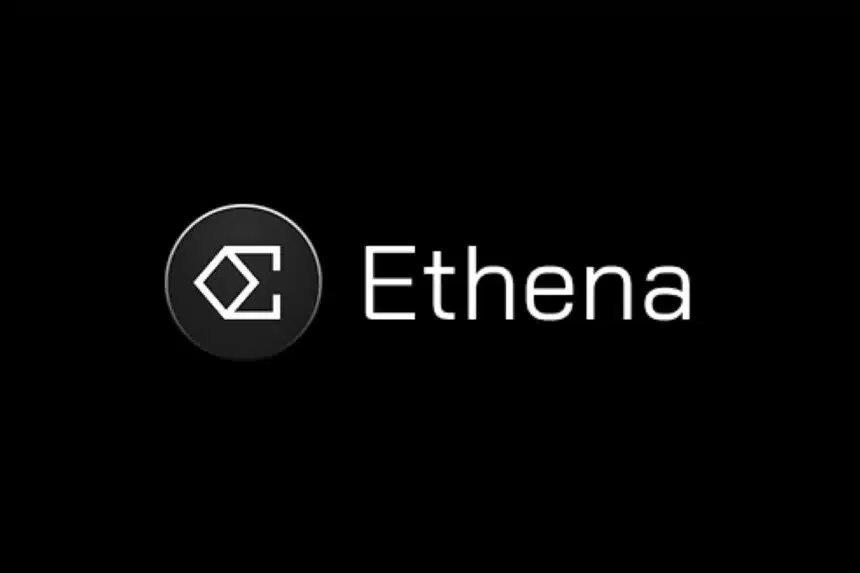|
Getting your Trinity Audio player ready...
|
In a significant move for the DeFi landscape, Ethena’s risk committee recently sifted through 25 nominations and narrowed its selection down to four key assets for their Real World Asset (RWA) reserve allocation. This decision comes as Ethena seeks to enhance its asset reserve strategy, currently valued at over $46.6 million. The chosen assets were meticulously evaluated based on criteria such as product maturity, liquidity, redemption time, and other essential metrics.
Selected Assets And Their Allocations
The chosen assets include a mix of innovative projects, each bringing unique strengths to the table. Leading the pack is BlackRock’s BUIDL, which commands a substantial 40% share of the allocation. It’s followed closely by Sky’s USDS, securing 29%. The remaining two assets, Mountain’s USDM and Superstate’s USTB, are allocated 16.5% and 14.5%, respectively.
This allocation is part of a broader strategy aimed at fortifying Ethena’s position in the burgeoning RWA market, which has garnered increased interest from traditional financial institutions (TradFi) in recent months. Notably, on September 26, 2024, Ethena also unveiled its new stablecoin product, UStb, developed in collaboration with BlackRock’s real-world asset tokenization platform, Securitize. This move signals Ethena’s commitment to integrating more traditional financial elements into its ecosystem.
Market Reactions and ENA’s Performance
Despite the promising announcements, Ethena’s native token, ENA, has shown little to no significant movement, continuing to trade around $0.27. Trading volume remains steady, averaging $80 million, with no notable fluctuations. This stagnation comes in stark contrast to ENA’s dramatic 86% drop in price this year, from a peak of $1.50 to a low of $0.20. Although the token has seen a 100% rebound over the past month, it still lingers well below its all-time high.
Growing RWA Market Share
The rising trend of RWAs in the DeFi space is noteworthy. According to data from IntoTheBlock, RWA protocols now represent 3.69% of the Total Value Locked (TVL) in DeFi, a notable increase from just 1.77% in April. This upward trajectory underscores the growing relevance and acceptance of RWAs among investors and traditional finance players alike.
As the RWA sector continues to attract attention, traditional financial institutions like Visa are also stepping in. Visa recently launched a platform designed to help banks verify tokenized assets and smart contracts, indicating a significant shift towards integrating blockchain technology into mainstream finance.
Ethena’s strategic asset selection highlights the increasing maturity and potential of the RWA market within DeFi. While ENA’s price stability may not reflect immediate investor enthusiasm, the foundational steps taken by Ethena could pave the way for long-term growth and innovation. As traditional financial institutions become more involved in this space, the future of RWAs—and by extension, ENA—looks increasingly promising. Investors will be keen to see how these developments unfold in the coming months and whether they translate into tangible gains for ENA holders.
Disclaimer: The information in this article is for general purposes only and does not constitute financial advice. The author’s views are personal and may not reflect the views of Chain Affairs. Before making any investment decisions, you should always conduct your own research. Chain Affairs is not responsible for any financial losses.
A lifelong learner with a thirst for knowledge, I am constantly seeking to understand the intricacies of the crypto world. Through my writing, I aim to share my insights and perspectives on the latest developments in the industry. I believe that crypto has the potential to create a more inclusive and equitable financial system, and I am committed to using my writing to promote its positive impact on the world.




